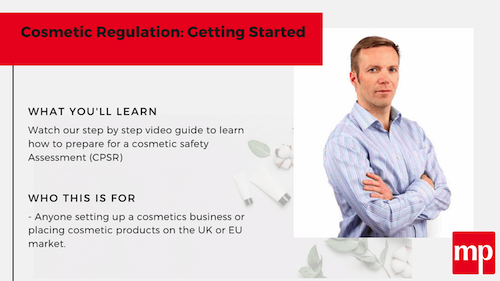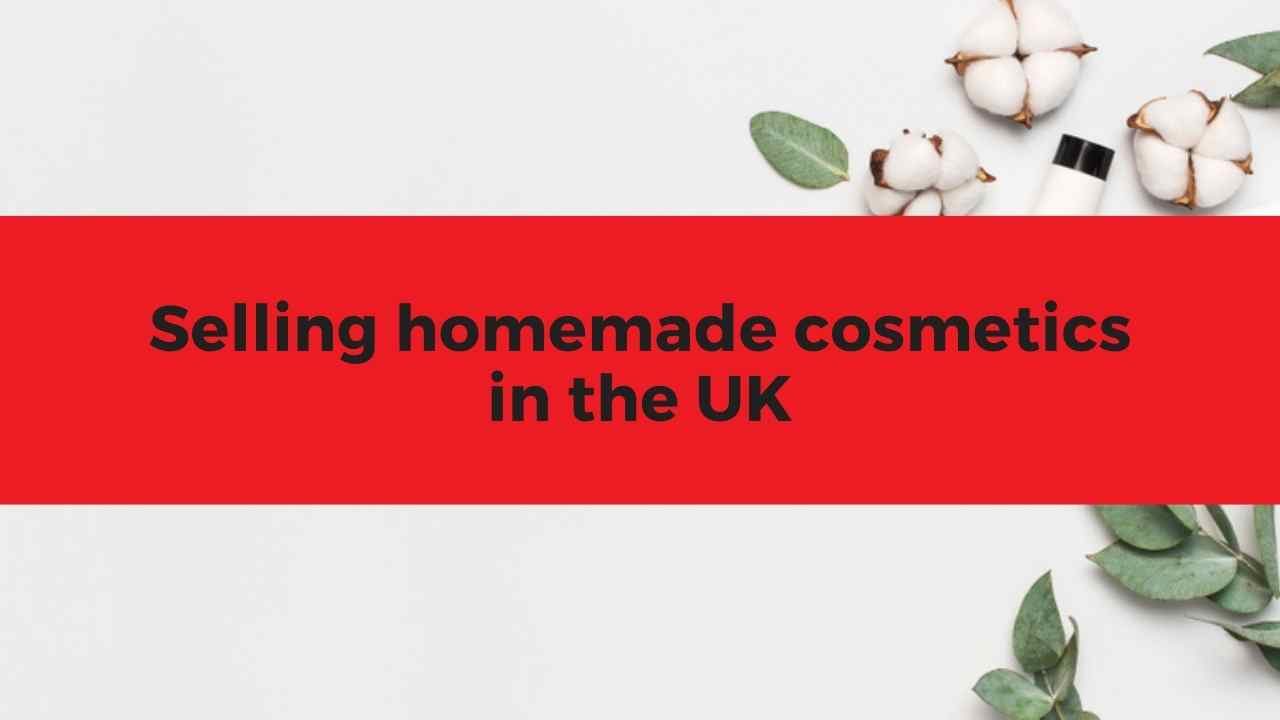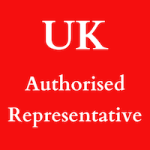[vc_row][vc_column][vc_column_text]So you are thinking about selling homemade cosmetics in the UK but you don’t know where to start. Read the five things you need to know to help you on your way. Product safety is top priority when selling homemade cosmetics in UK or anywhere else. Your reputation depends upon it, get it right and you’ll get repeat customers and grow your business. And most importantly it’s the law!
1. Know your ingredients
Before selling homemade cosmetics in the UK you want to make sure you know your product inside out. What are the true ingredients? Ingredients can be hidden behind terms like ‘concentrate’ or ‘scent’. Colourings, fragrances and essential oils are composed of many chemicals – some of those allergenic. So to be sure you fully understand your product’s composition request from your supplier accurate and detailed information on INCI names, CAS numbers and allergens (more on this later).
You want this information clearly laid out so draw up your formulation in a table listing ingredients down left hand side and quantities on the right. Including CAS or EC number in the middle. You can go further and include a forth column with the function of the chemical – , diluent, fragrance, colouring etc.
Presenting your formulation in this clearly laid out structure helps you and your regulatory partner (consultancy) understand your ingredients when it comes to preparing a cosmetic Safety assessment (more on this later).[/vc_column_text][vc_empty_space][/vc_column][/vc_row][vc_row][vc_column][vc_separator][vc_empty_space][vc_column_text]
Need a little help with the regulations and test requirements? Watch our step by step video guide and download our time-saving templates.
[/vc_column_text][vc_column_text]
2. Microbiological testing and stability lab testing requirements
Cosmetics can deteriorate over time due to microbial growth or changes in chemical and physical properties. That is why it is important to arrange microbial and stability (packaging compatibility) lab testing. This involves sending a sample to a specialist lab for testing. It can take time – you may have to wait several months for the results. But when the results are in you know your product can be safely marketed for a reasonable period of time after it has been manufactured.
Microbial testing may not be required
Not all products require microbiological testing. Products that contain mostly oils or glycol (propylene glycol) may not require microbiological testing. This is because the properties of oil and glycols do not support microbial growth. Water-based cosmetics are likely to require testing because the water provides the microbes nutrients to grow.
Want to find out which lab tests you require? Send your formulation to us and we will tell you what lab tests your products require.
3. Cosmetic Product Safety Report
The most important part of selling cosmetics in the UK is the cosmetic safety assessment – also known as a CPSR. By going through the CPSR process, you will ultimately find out if your product is safe to market and in compliance with the UK cosmetic regulations.
First steps is to contact your suppliers and request 1) Safety Data Sheets also known as Material Safety Data Sheets 2) Certificates of analysis – or ‘CoA’ and 3) allergen information (Allergen Declaration List). Get these together with you formulation (see point 1) and submit to us to get a quote.
Once you have your CPSR you’ll need a Product Information File and a submission through the CPNP (read more below).[/vc_column_text][vc_empty_space][/vc_column][/vc_row][vc_row][vc_column][vc_separator][vc_empty_space][vc_column_text]
Do you sell a cosmetics online? Build brand awareness and get higher in internet search
rankings by joining our cosmetics directory here.
[/vc_column_text][vc_empty_space][vc_separator][/vc_column][/vc_row][vc_row][vc_column][vc_column_text]
4. Marketing claims on product label
Think about your labelling – what do you want to say about your product? What marketing claims do you want to make? Try to avoid claims like ‘relieve’, ‘restore’ and ‘replenish’ because claims with these terms tend to fall foul of the cosmetic regulation. Remember that a cosmetic is for external use and generally for cleaning or perfuming the skin rather than for healing or relieving anything.
5. Other matters
Brexit and the changing regulatory landscape in the UK
UK regulation is derived from EU regulation but as you are probably aware the UK has now officially left the EU. So what does that mean? Until the end of 2020 not much. Submission to the CPNP is still required for UK cosmetics. However, notification to a new UK-only portal is on the horizon.
Read more about changes to UK regulations on our Brexit and cosmetic regulation webpage.
Animal Testing
Animal testing is prohibited for cosmetic products and their ingredients.
Good Manufacturing Practice or ‘GMP’
In the manufacturing of your cosmetic product, adopt Good Manufacturing Practices to ensure high quality of product. Benefits include longer shelf lives, less wastage and safer products.[/vc_column_text][vc_empty_space][/vc_column][/vc_row][vc_row][vc_column][vc_column_text]Useful Resources
Have you read our latest blog post? We talk about the costs of starting a cosmetics business.
Use the CosIng database to understand more about your ingredients including the INCI names and CAS/EC number.[/vc_column_text][vc_empty_space][/vc_column][/vc_row][vc_row][vc_column][vc_btn title=”Watch our step by step video guide Cosmetic Regulation: Getting started and prepare for a CPSR” shape=”square” color=”danger” align=”center” link=”url:https%3A%2F%2Fmedic-pro-limited.teachable.com%2Fp%2Fcosmetic-regulation-getting-started||target:%20_blank|”][vc_empty_space][/vc_column][/vc_row]


Comments are closed here.